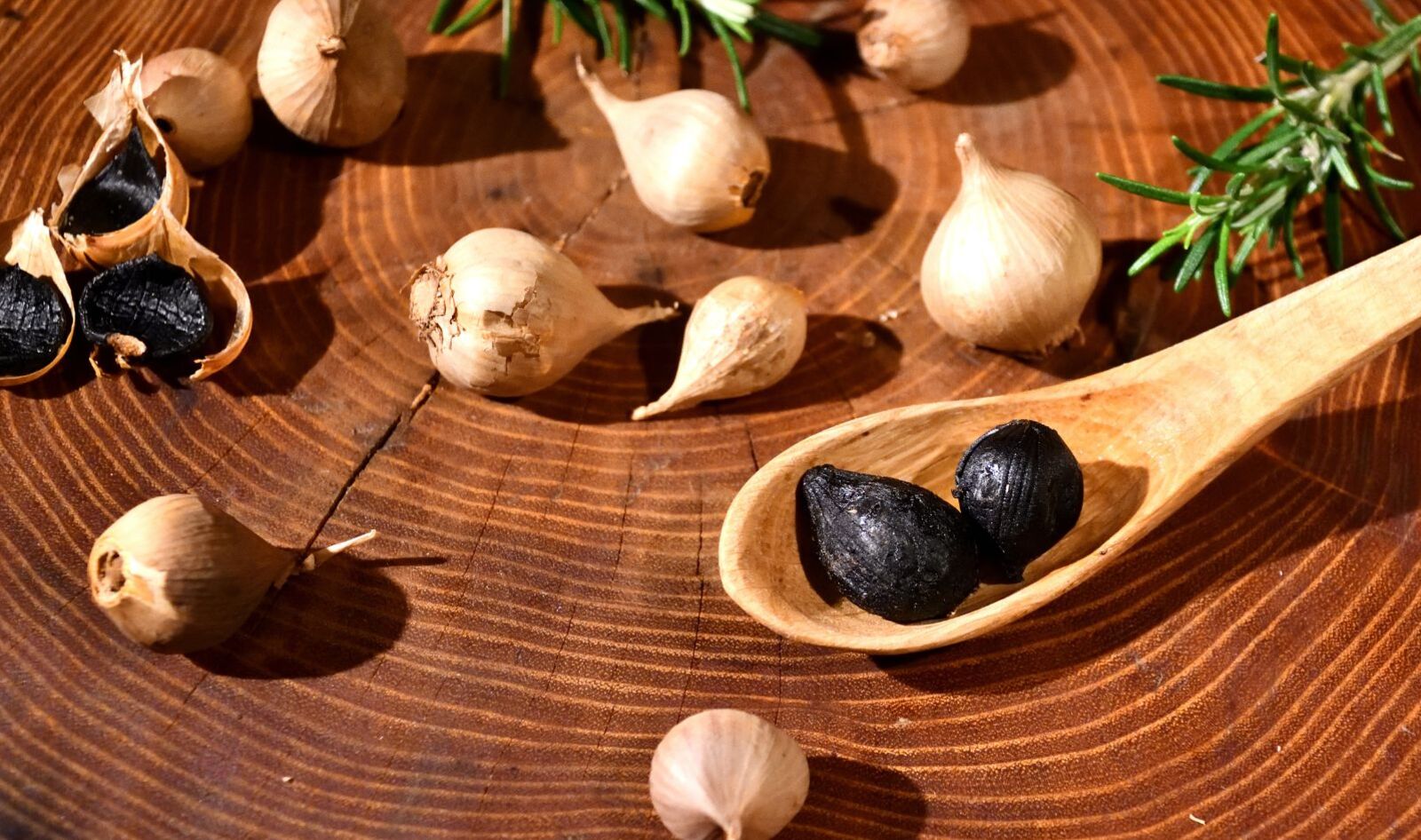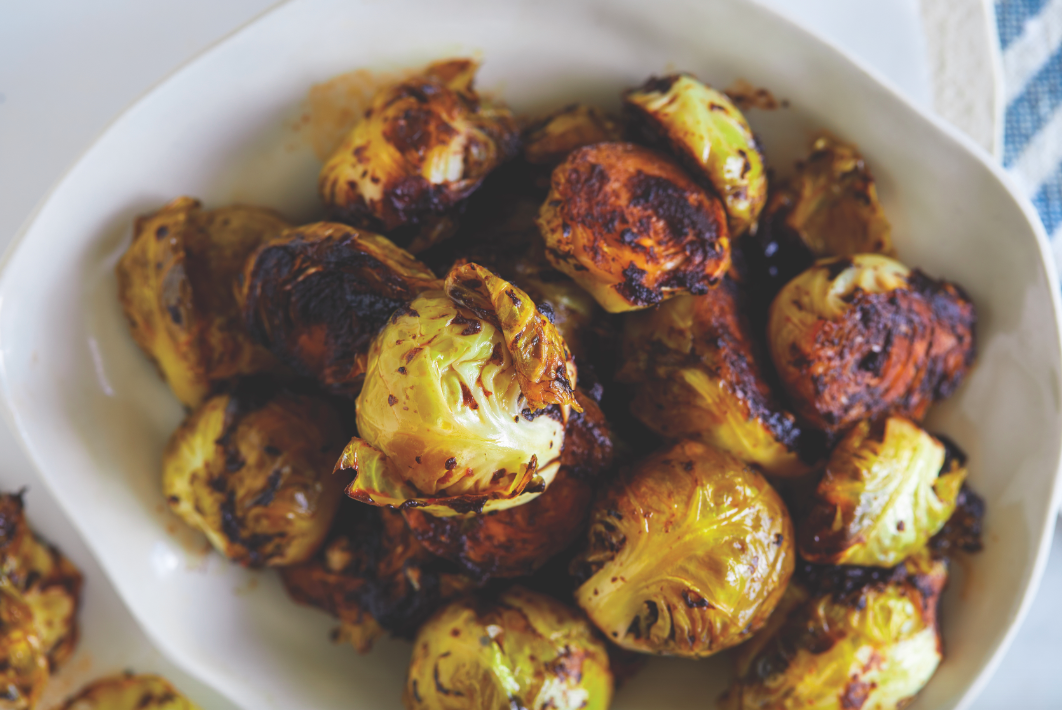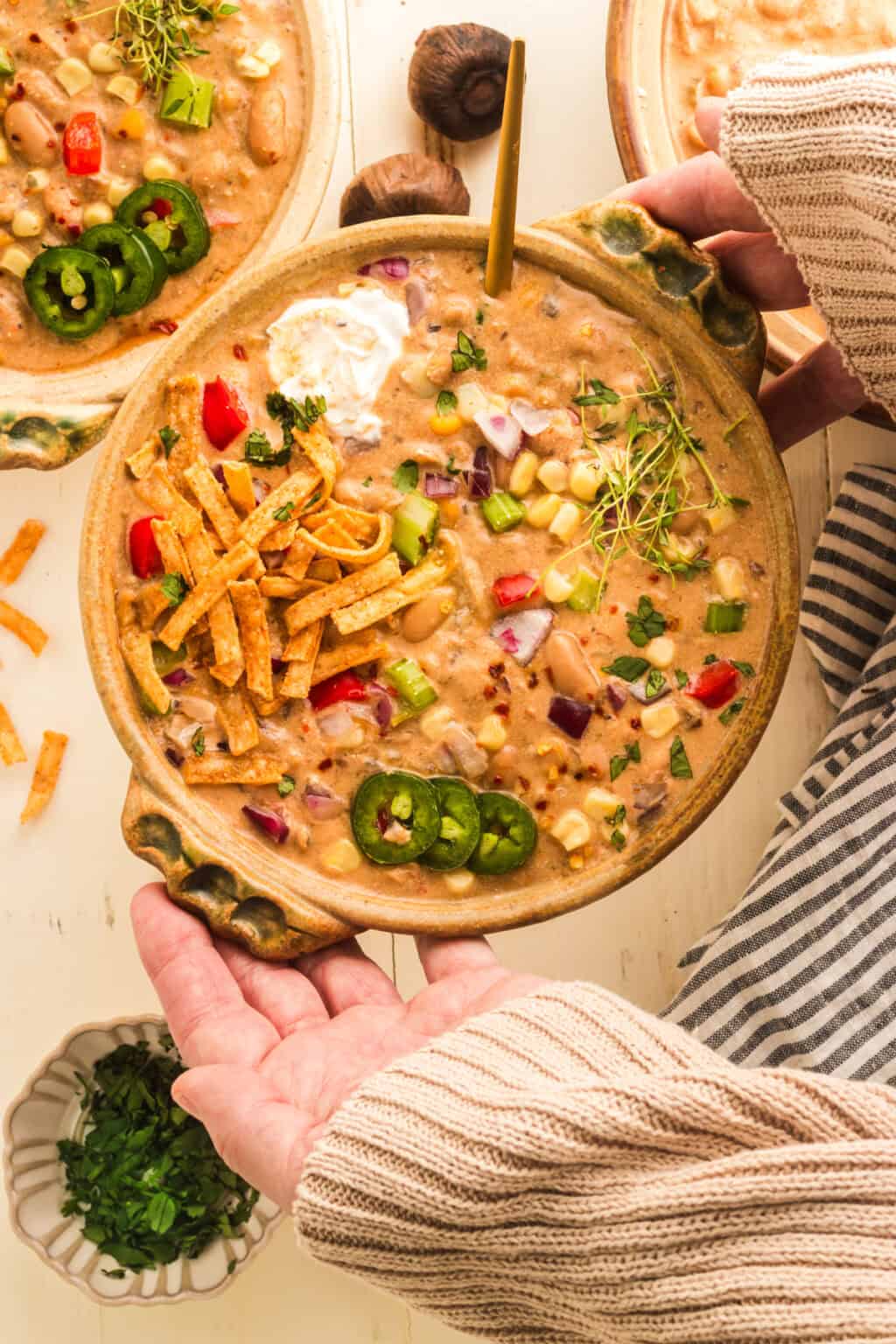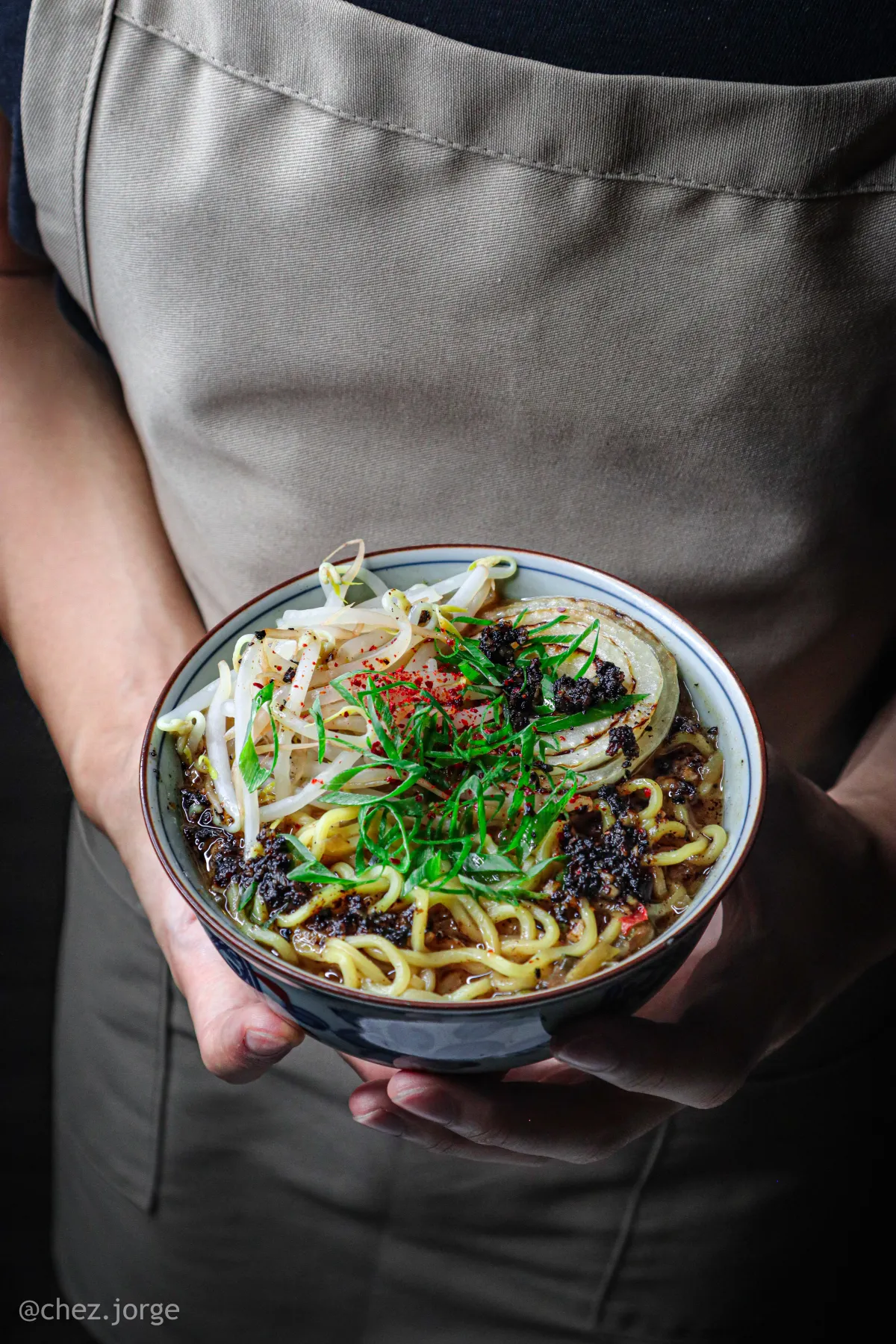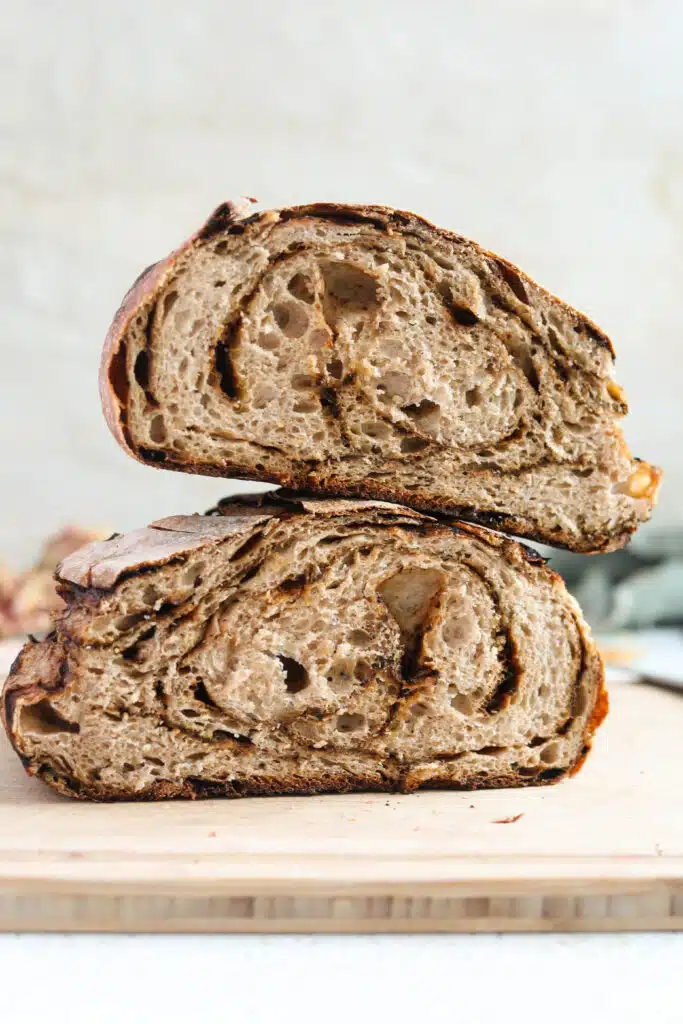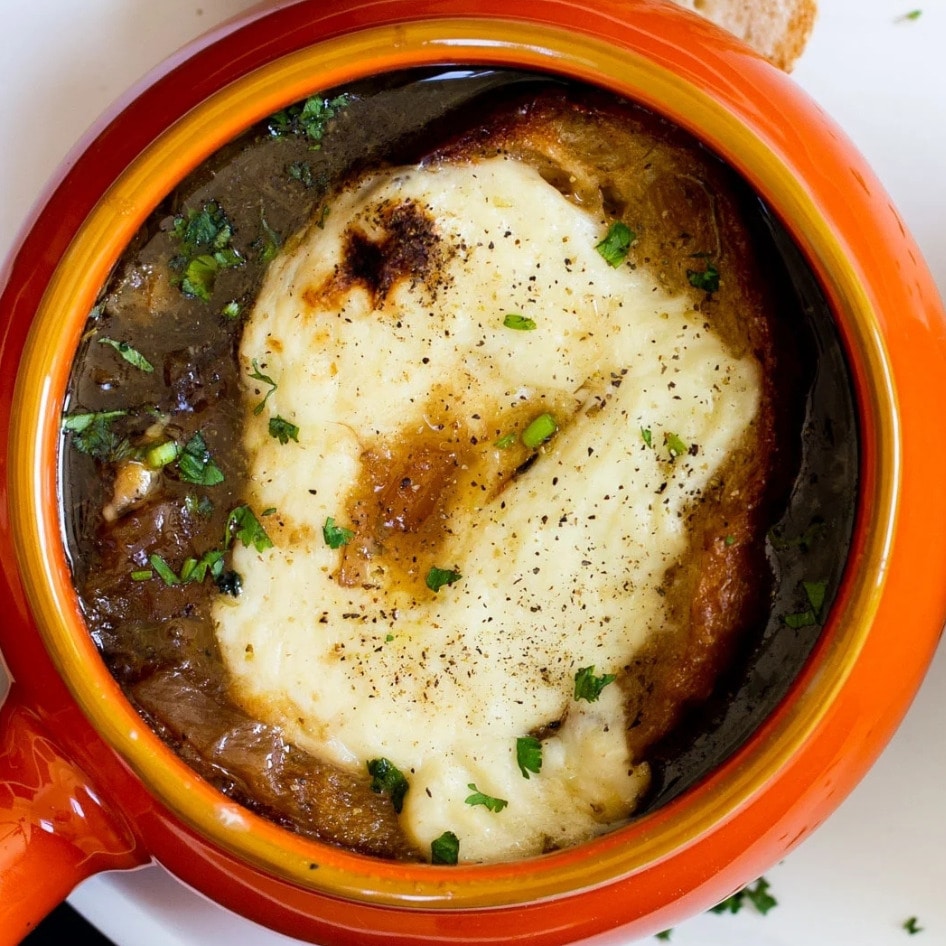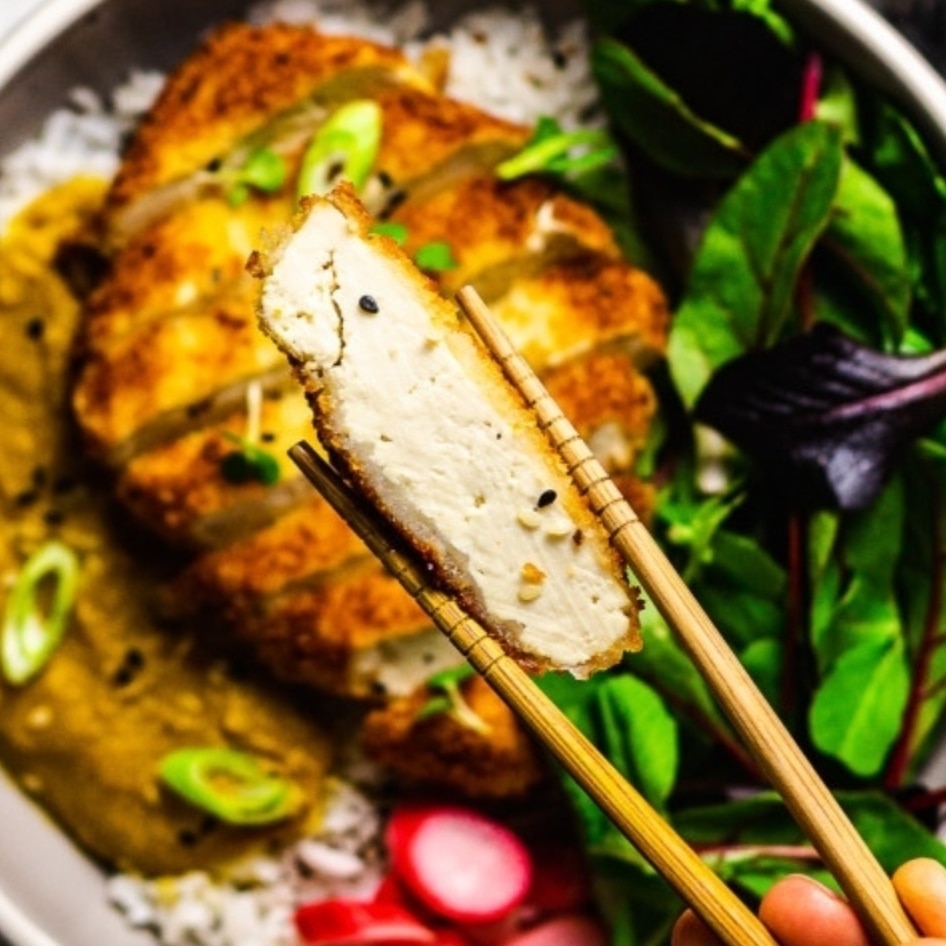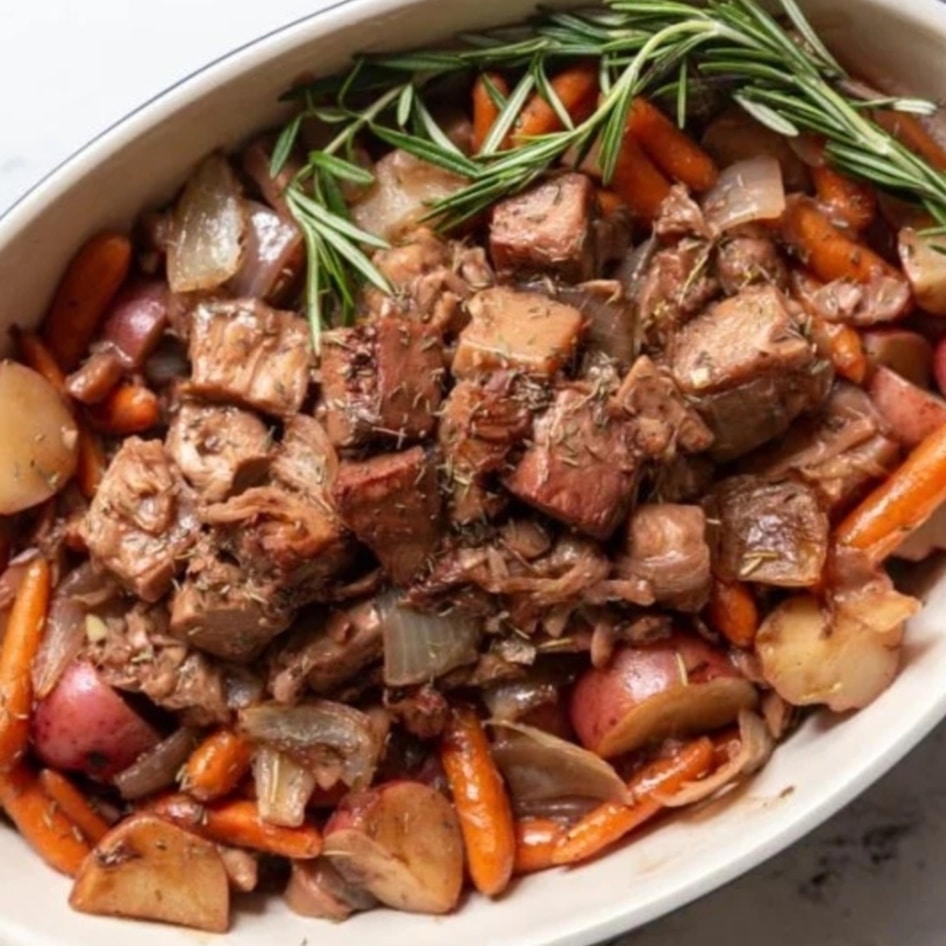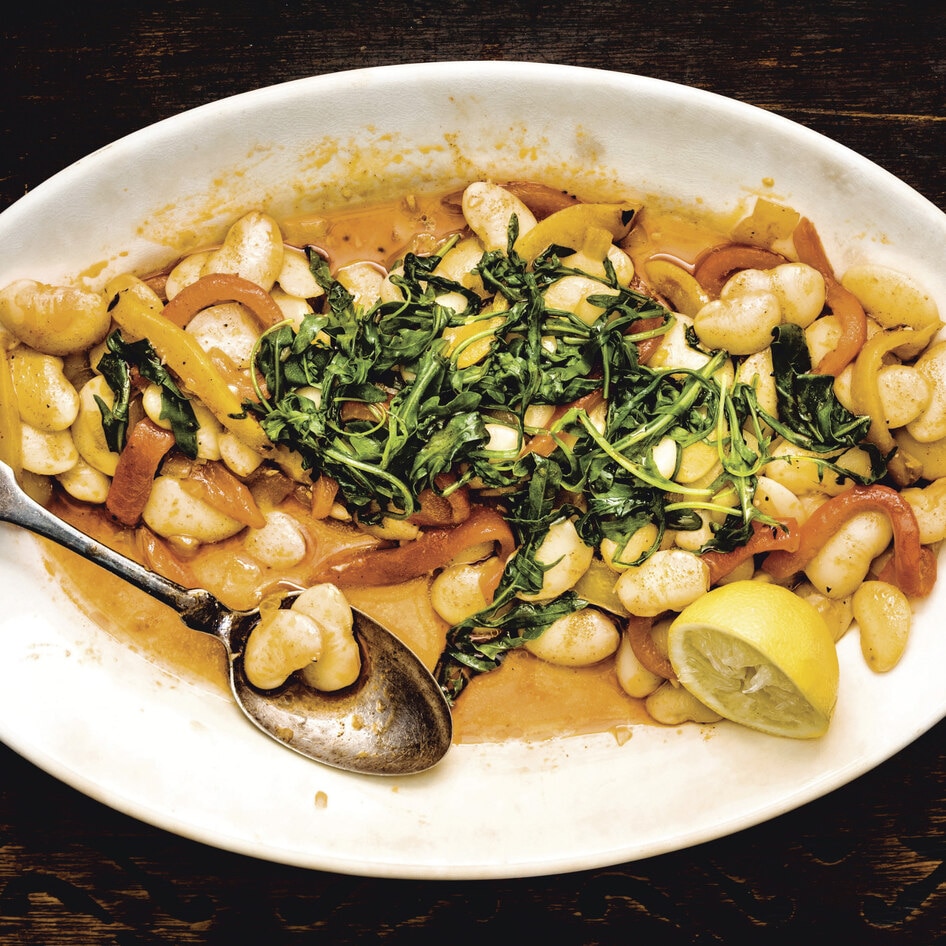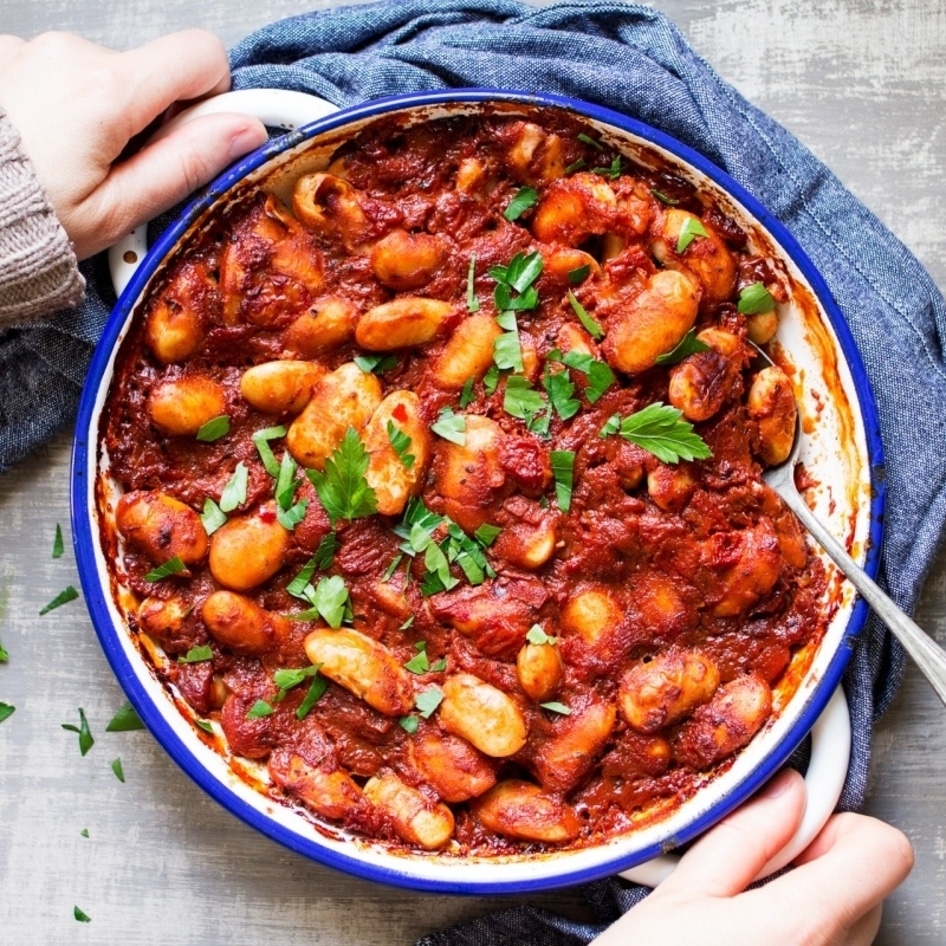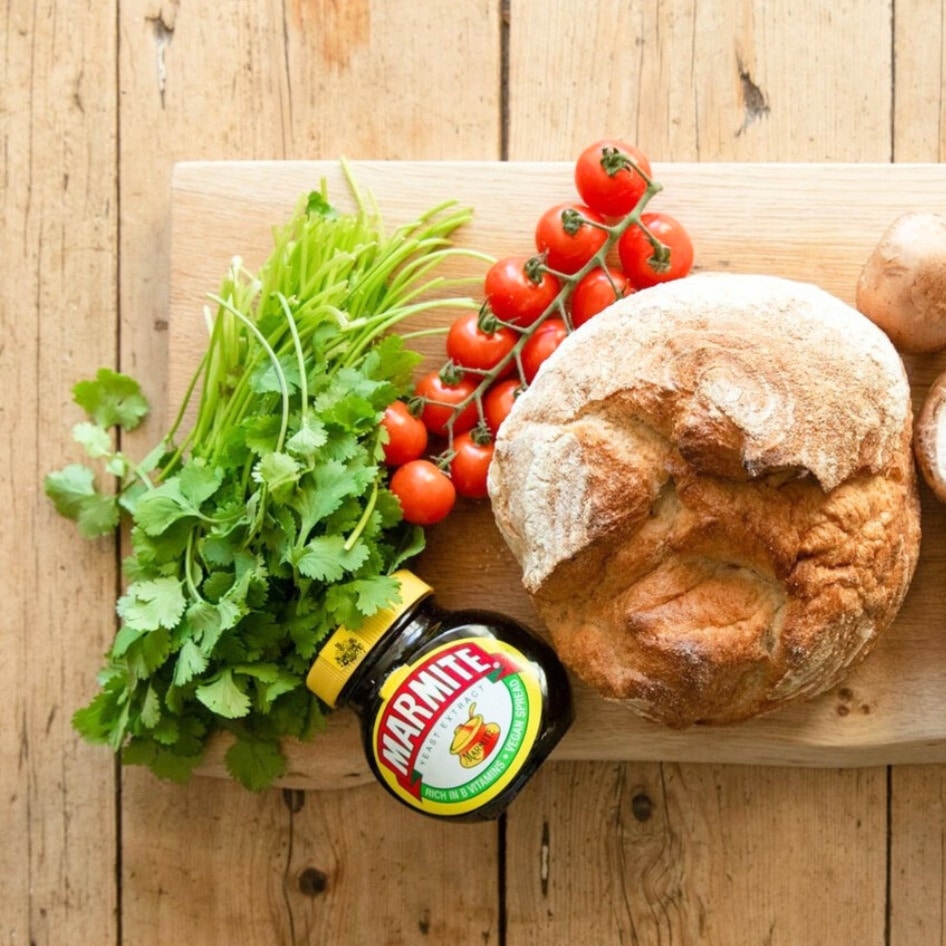Fresh and pungent, raw garlic is a staple in kitchens around the world. Home cooks and culinary professionals reach for these cloves to make an array of dishes, from soup stock to pastas, dressings, dips, and more.
If you frequent specialty grocery stores, you may have also noticed black garlic nestled among the retailer’s offerings. But what exactly is black garlic? And how do you use it in cooking? Here’s everything you need to know about this standout ingredient.
What is black garlic?
Black garlic is, simply put, raw garlic that has been aged for several weeks in a hot and humid, controlled environment.
Throughout this process, the garlic undergoes Maillardization. Also known as the Maillard reaction, Maillardization is a series of “many small, simultaneous chemical reactions that occur when proteins and sugars in and on your food are transformed by heat, producing new flavors, aromas, and colors,” writes Serious Eats. The Maillard reaction happens during cooking and is also responsible for the robust flavors of foods such as smoky charred burgers.
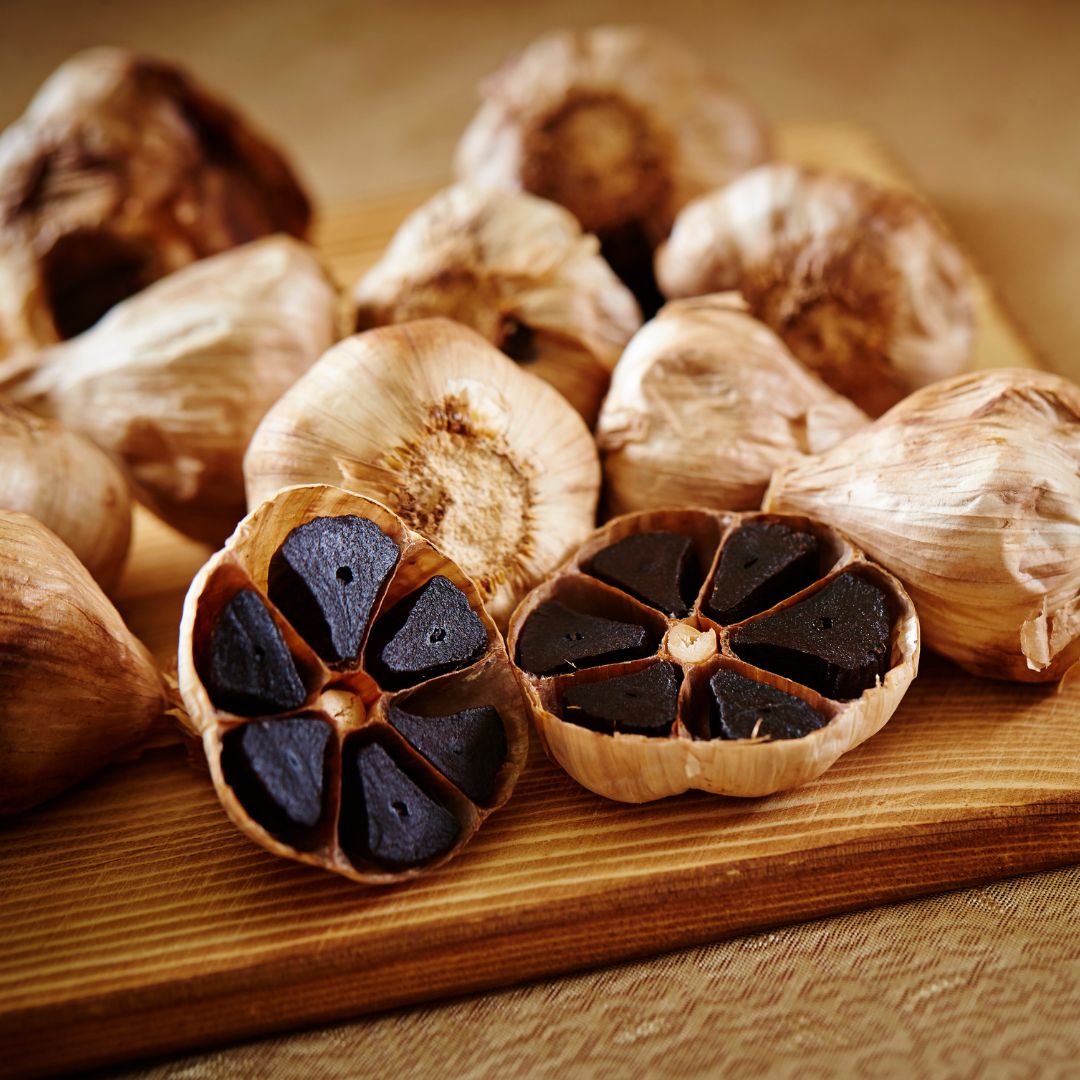 Canva
Canva
The Mailliard reaction occurs rather quickly (within minutes or hours) when cooking temperatures exceed 250 degrees Fahrenheit, but, as with black garlic, these same reactions can still occur at lower temperatures (about 140 degrees Fahrenheit), “if the temperature is maintained for months on end,” America’s Test Kitchen explains.
This aging process results in garlic that is softer, sweeter, chewier, and almost date-like in consistency. Black garlic also contains less allicin—the compound responsible for fresh garlic’s pungency—so it doesn’t have a strong, garlicky smell. And, as the name implies, the garlic cloves turn black in color.
Black garlic has been made and used in culinary applications for centuries and is believed to have originated in Asia. However, it surged in popularity within the US just two decades ago thanks to Scott Kim.
In 2004, Kim—an inventor by trade—developed a specialty oven that could reliably produce large amounts of black garlic. He established a company to help distribute his ovens, and within just three years, businesses began selling US-made black garlic.
Are black garlic and fermented garlic the same?
Black garlic is also known as fermented garlic, but the latter is a bit of a misnomer. Fermentation requires the use of microorganisms such as yeast or bacteria. Black garlic simply relies on the Maillard reaction, not on the transformative properties of microorganisms.
BECOME A VEGNEWS VIP: Get exclusive product deals, freebies, and perks galore!
Health benefits of black garlic
Like standard, fresh garlic, black garlic also provides a number of health benefits. In fact, black garlic contains more antioxidants than its raw counterpart and is therefore considered anti-inflammatory.
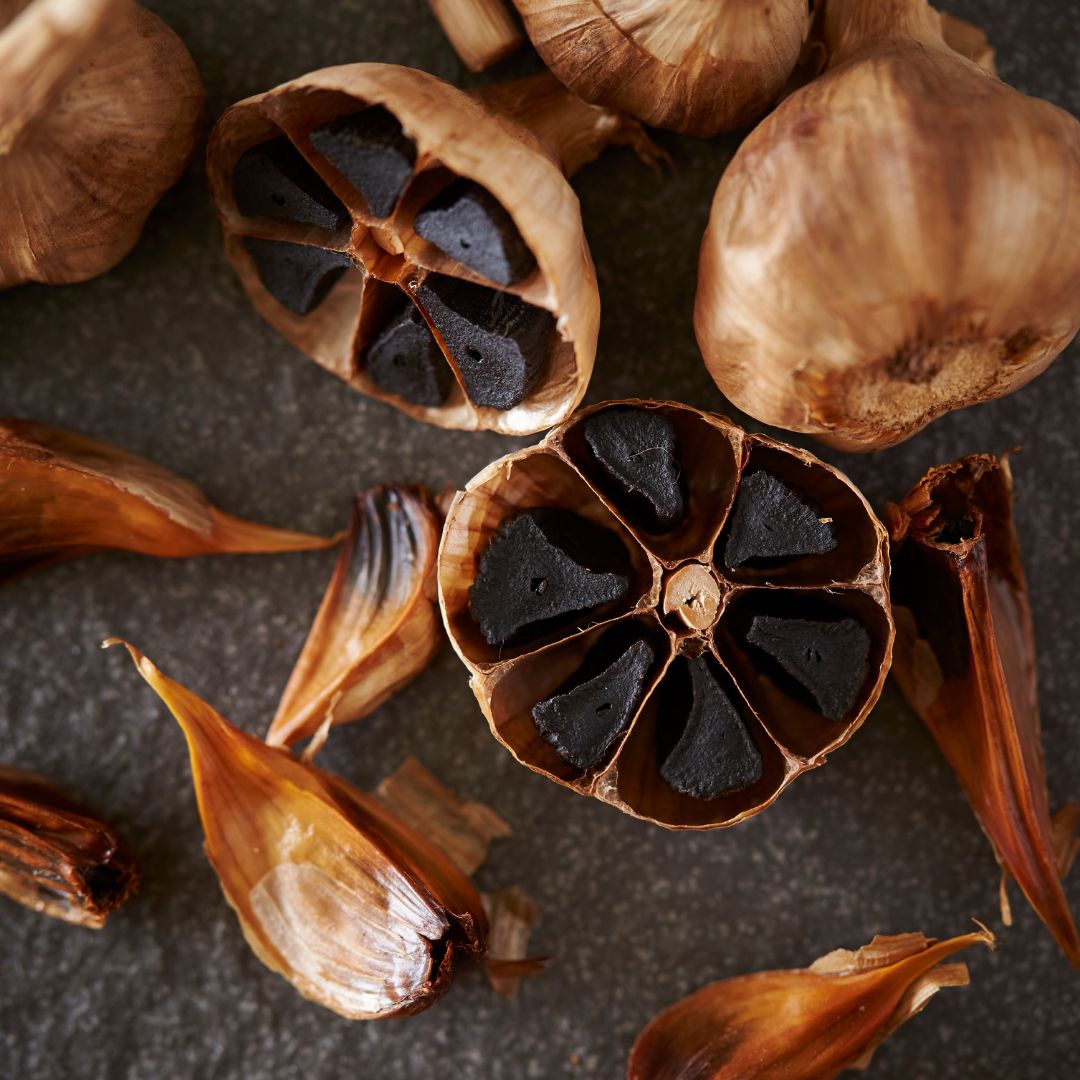 Canva
Canva
Because it helps to reduce inflammation in the body, black garlic may help boost the immune system, help reduce the growth of cancer cells, and may help prevent conditions such as Alzheimer’s and Parkinson’s, WebMD reports. Studies have also shown black garlic can help manage blood sugar and reduce blood pressure.
Additionally, black garlic contains vitamin C, B vitamins, zinc, magnesium, calcium, and manganese.
How to cook with black garlic
As mentioned, black garlic differs from fresh garlic in its texture and flavor. Black garlic is softer, sweetier, chewier, and rich in umami.
You can find black garlic for sale as bulbs, cloves, purée, and seasoning. When purchasing black garlic as a purée or seasoning, be sure to check the ingredients. Avoid products that add oils, excessive salt, sweeteners, or other additives, advises Forks Over Knives, and opt for those that are made purely with black garlic whenever possible.
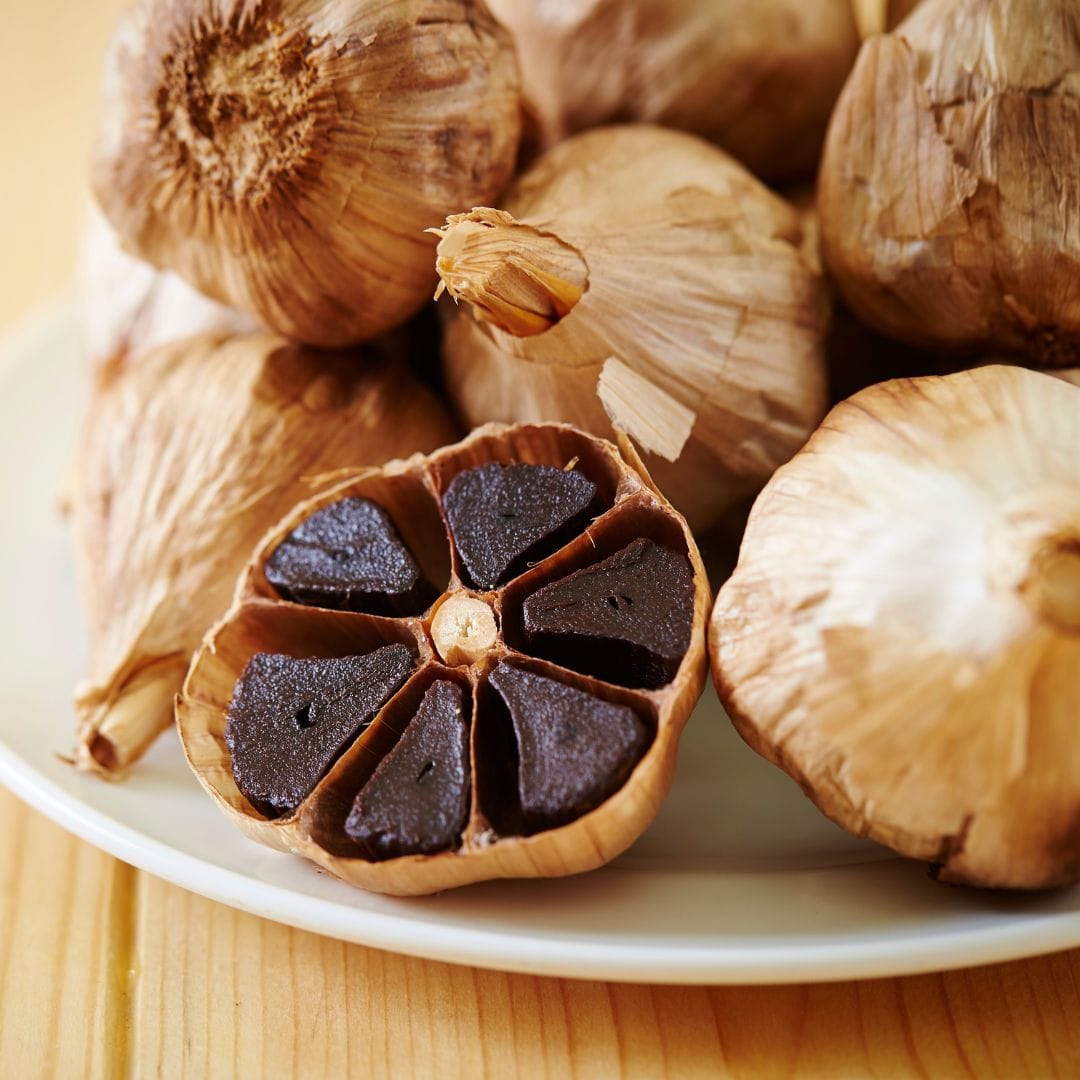 Canva
Canva
Like fresh garlic, black garlic can be used in a variety of applications. Use it in broths, sauces, marinades, or as a seasoning salt. America’s Test Kitchen also recommends using this star ingredient “in recipes that contain soy sauce, balsamic vinegar, dried chiles, or sesame; and its richness complements savory foods like … mushrooms.”
Meatless, dairy-free recipes that use black garlic
Now that you’ve done your homework and learned about black garlic, it’s time to try your hand at cooking with this flavorful ingredient.
1Miso Black Garlic Sauce
All you need are six ingredients for this robust, umami-rich sauce that comes together in 10 minutes. Pour into a squeeze bottle and store in the fridge so you can liven up roasted vegetables, tofu scrambles, and more in just seconds.
Get the recipe
2Charred Brussels Sprouts With Black Garlic
If you’re counting down the days until your Thanksgiving feast, give yourself a small taste of holiday flavors by pairing these savory charred Brussels sprouts with savory seitan and mashed potatoes come dinnertime.
Get the recipe
3Vegan White Bean Chili
Black garlic and maple syrup are combined to make a delicious concoction that imparts this comforting, white bean chili with a depth of flavors.
Get the recipe
4Blackened Garlic Oat Milk Ramen
Black garlic is perfect for creating a rich, flavorful broth and is often used in ramen dishes. This ramen recipe from beloved TikToker George Lee (aka @chez_jorge) adds a touch of black garlic oil for a savory, creamy oat milk broth perfect for cold weather.
Get the recipe
5Black Garlic Sourdough
Pair your favorite winter stews with a loaf of this black garlic sourdough. Fluffy on the inside with a crunchy crust, black garlic swirls add an extra touch of flavor to this tangy loaf.
Get the recipe
For more plant-based stories like this, read:
JUMP TO ... Latest News | Recipes | Guides | Health | Subscribe

